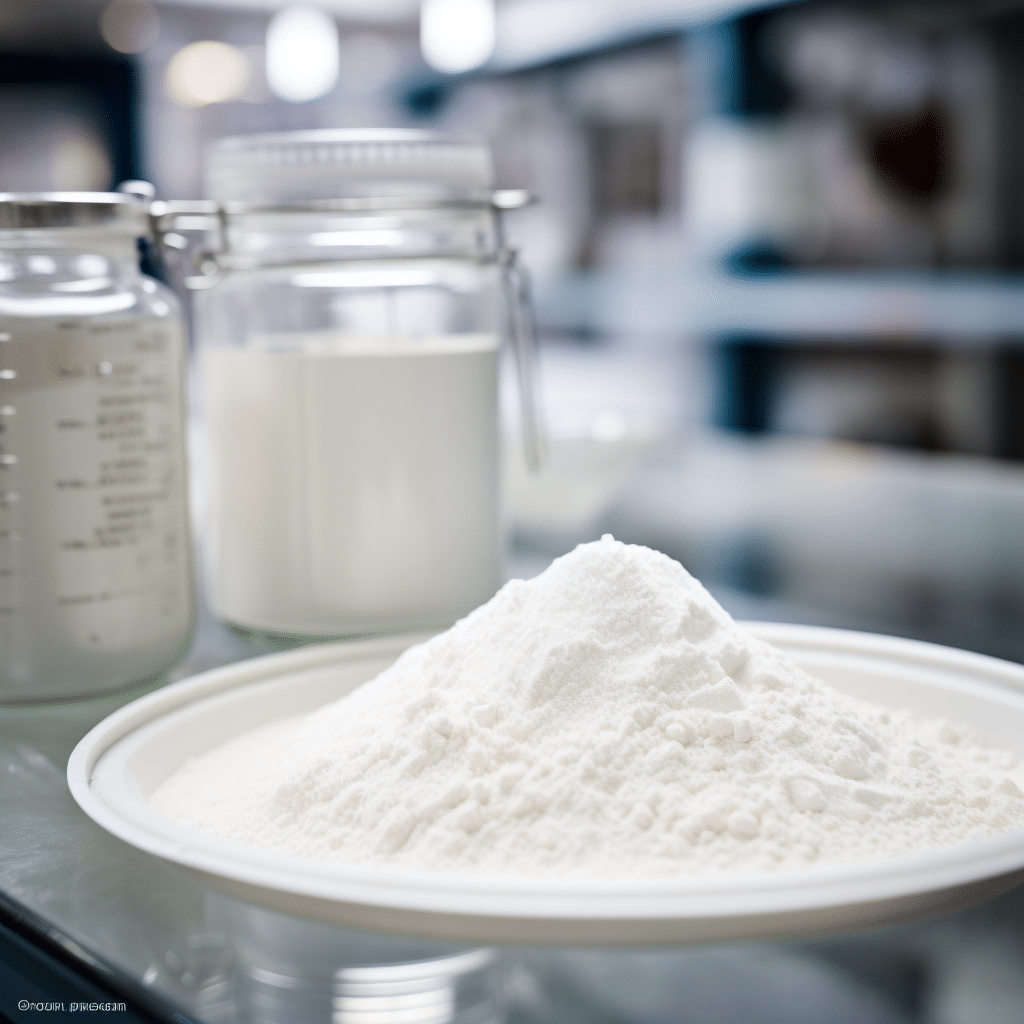Introduction: Longevity Is Now a Global Market Priority
With populations aging in every major economy, demand for anti-aging supplements is soaring worldwide. The export of raw materials such as NMN, Astaxanthin, Spermidine, Urolithin A, and Liposomal formulations has become a key focus for ingredient manufacturers and B2B traders. This article examines the leading trends shaping the export landscape of anti-aging ingredients in 2024–2025, from regulatory shifts to product innovation and regional market dynamics.

1. Regulatory Harmonization Across Key Markets
As anti-aging supplements mature from niche to mainstream, regulatory clarity is becoming essential. Countries are aligning ingredient approvals to facilitate trade.
- China: Expanding the “blue hat” registration list for raw material exports
- EU: EFSA evaluates novel ingredients like NMN and Urolithin A under the Novel Food Regulation
- USA: FDA continues to scrutinize NAD+ precursors and liposomal delivery systems under DSHEA
Trend Insight: Suppliers are increasingly investing in multi-market compliant documentation (e.g., dual-labeled COAs, safety dossiers).
2. Rise of Liposomal and Precision Delivery Formats
Traditional powders are giving way to bioavailability-enhanced formulations.
- Growth Ingredients: Liposomal Glutathione, Liposomal NMN, Liposomal CoQ10
- Technology Demand: Encapsulation techniques, particle-size control, solvent-free delivery
Export Relevance: B2B buyers prefer ready-to-formulate ingredients that meet clean-label and absorption claims.
3. Shifting Buyer Demands: From Commodity to Clinical
Distributors and brand developers are now prioritizing:
- Clinically backed efficacy
- Transparent sourcing and origin traceability
- Multi-functional ingredients (e.g., NMN + PQQ)
Impact: Raw material exporters with clinical data and GRAS/Novel Food compliance gain a clear advantage.
4. Top Destination Markets: Who’s Importing What?
- North America: Leading in NMN, Astaxanthin, CoQ10 demand for direct-to-consumer brands
- Europe: High uptake of Spermidine and polyamine-rich extracts in aging wellness channels
- Southeast Asia: Booming interest in anti-aging + beauty-from-within crossover ingredients
- Middle East: Seeking halal-certified longevity compounds
Forecast: Japan, Korea, and Germany will see the highest YoY ingredient value growth (10–14%) through 2025.
5. Sustainability and Green Extraction Drive Buyer Choice
Buyers are factoring in production transparency:
- Preferred Methods: Fermentation, enzyme catalysis, solvent-free liposomal embedding
- Certifications in Demand: Non-GMO, organic, halal, kosher, and low-carbon footprint
Case Study: Suppliers of ergothioneine and NR-CL using bioconversion saw higher acceptance in EU tenders.
Conclusion: Strategic Positioning in the Anti-Aging Export Game
To succeed in the next wave of global longevity demand, raw material exporters must align with regulatory standards, invest in advanced delivery formats, and demonstrate functional value. The winning strategy will blend science, safety, and supply chain transparency. As the longevity market evolves, so must its ingredients—from generic powders to clinically supported, globally compliant, and innovation-ready actives.